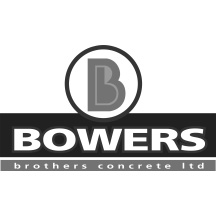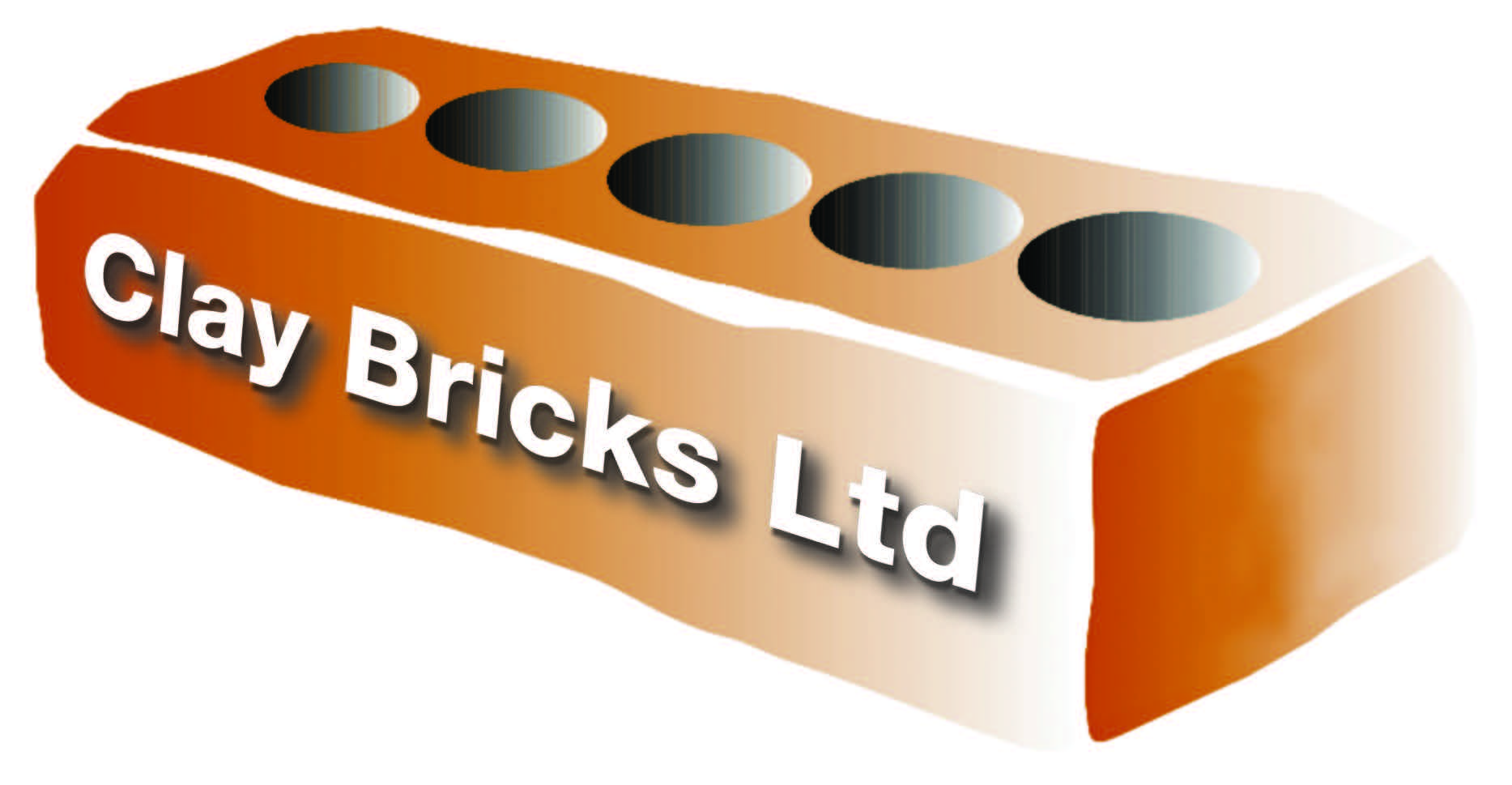Brick Tolerances and Aesthetic Appearance
It is possible for a brick veneer to be building code compliant but not have the visual look that reflects the skills of an experienced bricklayer. This is referred to as ‘workmanship quality’.
It is important to discuss with your bricklayer the aesthetic look you are hoping to achieve with your brick veneer and if possible, include them in your selection process.
The Brick and Blocklayers Federation recommends that parties to a brick veneer construction enter into a clear, written contract that sets out the expectations of parties including agreed workmanship quality standards, quality checking responsibilities and an agreement on how disputes will be managed– even if it is not a compulsory requirement under legislation.
VIEWING DISTANCE
Due to the nature of bricks no two bricks are the same and no brick is perfect when examined close- up. ASTMC90 has been adopted as the industry standard for viewing brickwork – it states that ‘for exposed wall construction chips and imperfections shall not be evident when viewed from a distance of not less than 6.1m in diffused light’.
DRYING CRACKS
During the manufacturing process hairline cracks can appear in a small number of clay bricks. This occurs during the drying process when excess moisture is removed from the clay prior to it entering the kiln. Bricks with these cracks conform to AS/NZS4455 and do not compromise the structural integrity or weather tightness of the brick.
From an aesthetic standpoint, the relevant American Standard Test Method (ASTM) has been adopted. ASTM C216-04 specifies that bricks must contain less than 5% visible cracking when viewed from a distance of 6.1 meters.
CHIPPING
Bricks may be transported several times before arriving onsite and occasionally chipping can occur. Chips are more noticeable on bricks that have a surface colour different from the body of the brick. A workmanship quality standard is achieved if imperfections, including chips, are not visible when viewed from a distance of not less than 6.1m under diffused light as per ASTM C90.
New Zealand does not have a standard to assist a Bricklayer to evaluate the level of chipping acceptable in a brick prior to laying however ASTM C216-15 has been adopted by BBFNZ.
ASTM C216-15 for a general purpose face brick (FBS textured) basically has the following requirements:
- Chips from the edge should not be deeper than 8mm
- Corner chips should not be deeper than 13mm.
- When all the length of the chips are added up that the total is not exceed 10% of the perimeter of the brick face (as an example, the accumulative lengths of the chips for a 230mm X 75mm brick shall not exceed 61mm).
It is good practice for Bricklayers to set aside bricks that do not meet this standard and to assess whether to discard it or use it for cuts.
DIMENSIONAL CATEGORY
AS/NZS4455 Masonry units and segmental pavers’ calls for bricks to be classified into dimensional categories based on their deviation from their work size, or the size specified in manufacture.
To test if bricks meet the standard, 20 bricks should be placed in a row and the total length should be measured. This can be done with height, width and length. Tolerances for these are:
|
Category |
Height |
Length |
Width |
|
DW1 |
±90mm |
±50mm |
±50mm |
|
DW2 |
±60mm |
±40mm |
±40mm |
RUBBING
During transportation brick may rub together on the pallet. This can sometimes cause light rubbing on the face of the bricks. Excessively rubbed bricks should be discarded or used for cuts.
COLOUR VARIATION
Clay and concrete bricks are both subject to some variation in colour between batches. This is part of the inherent beauty of brick.
Unusual discolouration patterns can be limited by blending the bricks. Should there be any concern regarding significant colour variation laying should cease and the manufacturer contacted.








